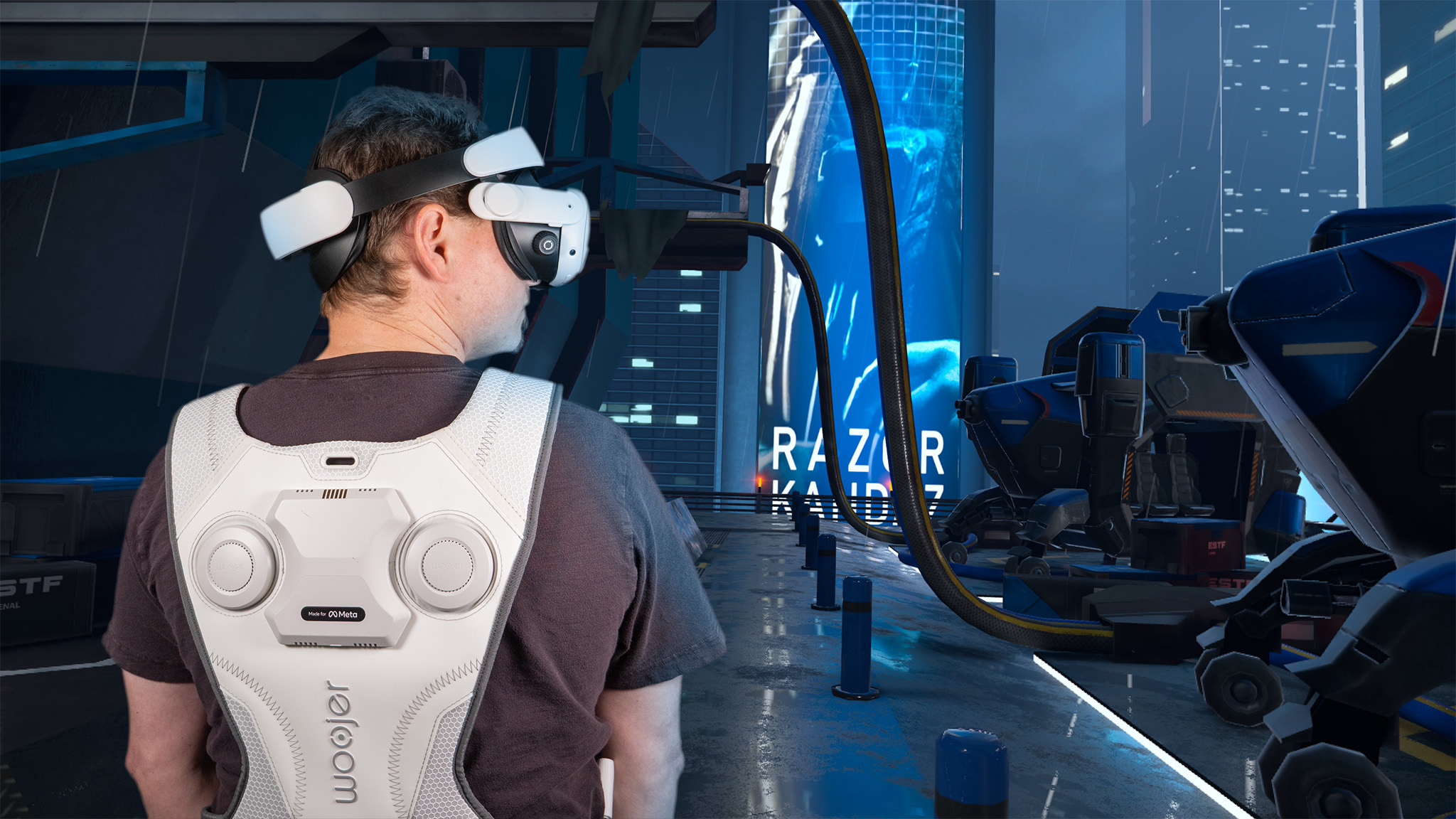How smartphone-based VR works
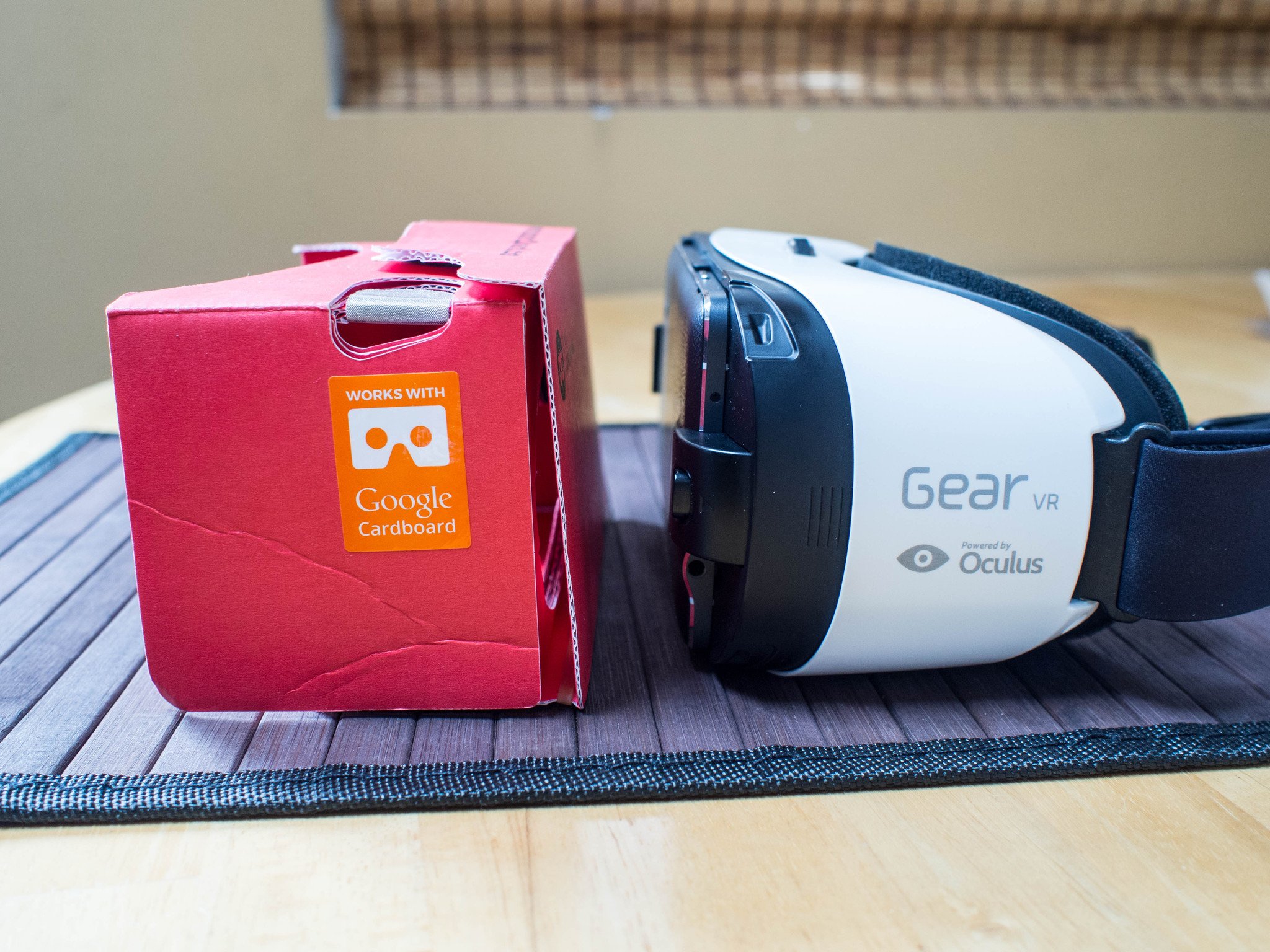
There are many kinds of virtual reality technology in the world today, and thanks to the current level of excitement surrounding the technology there are more and more companies developing solutions that immerse users in a whole new kind of interactive experience. The two primary challenges VR tech face right now lie in demonstrating useful content to justify the experience, and creating accessible solutions that are either inexpensive enough that anyone can try it or complex enough that users want to make VR a fundamental part of their regular entertainment.
Today we're going to talk about accessibility, specifically the push to make your smartphone the key component in the VR experience. We've seen several companies release accessories that you can slide your phone into, and in doing so gain a fairly inexpensive VR experience that can be appreciated anywhere. To accomplish this level of functionality, a lot of things have to be happening in your phone all at once. Here's how it works.
The display and the lenses
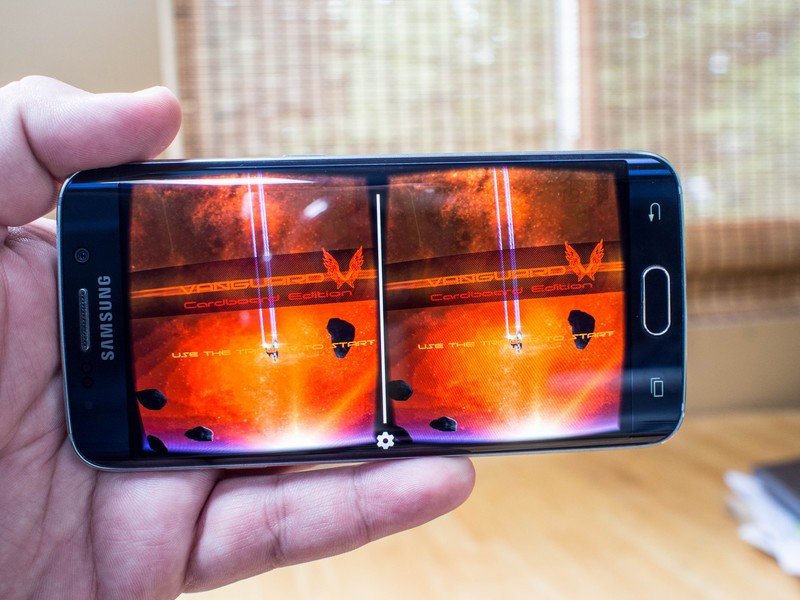
The first thing you'll notice if you've ever peeking inside Google Cardboard when a VR app is running is the curious way everything looks on the display. There's a pair of images, showing what appears to be the exact same thing, but the images don't always fill the screen. Usually what you'll see is something that looks almost like the image you'd see on an old tube television flattened out on your smartphone, and the rest of the screen is black. Occasionally you'll see a white dividing line separating the two images, but not always.
The images you see here are designed specifically to work with the lenses that came with your VR accessory, and are by far the most common form of VR right now. It's the same basic idea we see in larger units like the Oculus Rift and HTC Vive. Inside your VR accessory you'll find a pair of Biconvex lenses, which is what takes the images on the display and warps them to fill your field of view. Your eyes perceive these individual images as a single image, which creates the illusion of depth through stereoscopy.

Most forms of smartphone-based VR rely on these lenses existing in a fixed position. This means anyone can pick up something like Google Cardboard and immediately start using it without adjusting anything, but if you rely on glasses to see you'll need to keep those glasses on your face to enjoy what you are seeing. As anyone with glasses can attest, holding something to your glasses for any length of time is less than comfortable and usually means you have to clean your glasses afterwards.
The alternative, as seen in the Samsung Gear VR, is a knob that adjusts the focal length while the headset is resting on your face. It means you've got to tweak the focal length to get it to where you want it, but it also means most folks who wear glasses can wear the Gear VR without them.
Be an expert in 5 minutes
Get the latest news from Android Central, your trusted companion in the world of Android
Moving around in a virtual world
We've had video games on our smartphones for quite a while where movement was a critical part of interactive experiences. Some of these apps let you tilt the phone to turn a vehicle, while others rely on standing up and physically panning the phone in one direction or the other to reveal more of an image. Photospheres and Spotlight Stories are two of the more impressive examples that come to mind when thinking about an experience where your phone is a window to this larger world, and you have to move around to see all of it. This same basic concept drives a lot of the VR content, and as a result a lot of the same technology is used.
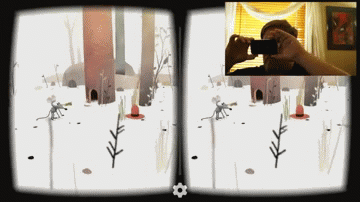
The accelerometer and gyroscope in your smartphone give your VR app a sense of motion and position, allowing you to tilt your head and even spin around completely to see more of the virtual world being drawn for you. This experience is fixed, meaning you can't just get up and walk around to see more of the world around you. We've seen developers working on mobile versions of this experience through the Epson Moverio headset, but your smartphone will keep you sitting or standing in one place while you pan around and experience the game or video. That doesn't mean the video itself can't move — in fact we've seen many examples where things like roller coasters and space simulation relies heavily on making it feel like you are moving around, when in fact you aren't moving at all.
Not all mobile VR experiences are created equally when it comes to the use of this technology. Samsung's Gear VR, for example, includes an extra accelerometer, gyroscope, and magnetometer to offer a smoother VR experience. More data points in this experience means head tracking can be more precise, which leads to a more polished experience. This is why the larger VR experiences rely on things like fixed-point sensors for your desk and a massive array of external sensors to track movement and position. It's impractical to expect that kind of experience on mobile, but it's nice to know the experience you have with your smartphone improves dramatically with these increased price tags.
Controllers for your VR experience
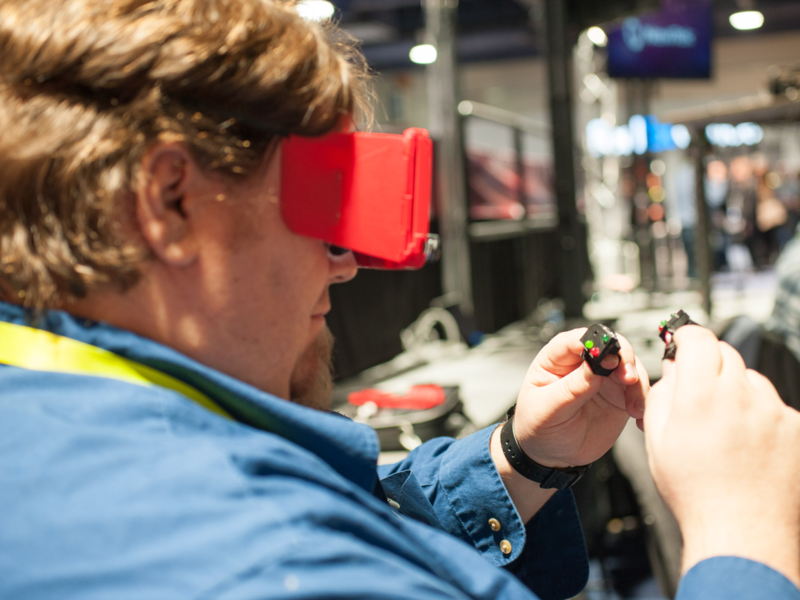
Most of the VR experiences you will have through Google Cardboard right now aren't much more than moving your head around with a box held to your face, but there are several great mobile VR experiences that demand a little more. Just like the accessories we've seen with the Oculus Rift and HTC Vive, there are accessories that will take your mobile VR experience somewhere unique.
The folks at Pinć VR plan to include a pair of rings that rest on your index fingers with a pair of buttons on the inside. These buttons, and the lights that help guide the rings, allow you to reach into your VR experience and interact. This depth addition feels a lot more natural than the button on the side of Google Cardboard, but also requires you have your VR set strapped to your head with your arms stretched out in front of you.
Meanwhile, Samsung has several apps in the Oculus store now that rely on a controller to use with your Gear VR. This experience puts your inside the game you are playing, without forcing you to hold something to your face. It's a control mechanic most folks are already used to, allowing you to play without looking down at the controller, and ultimately provides the most familiar experience for gameplay.
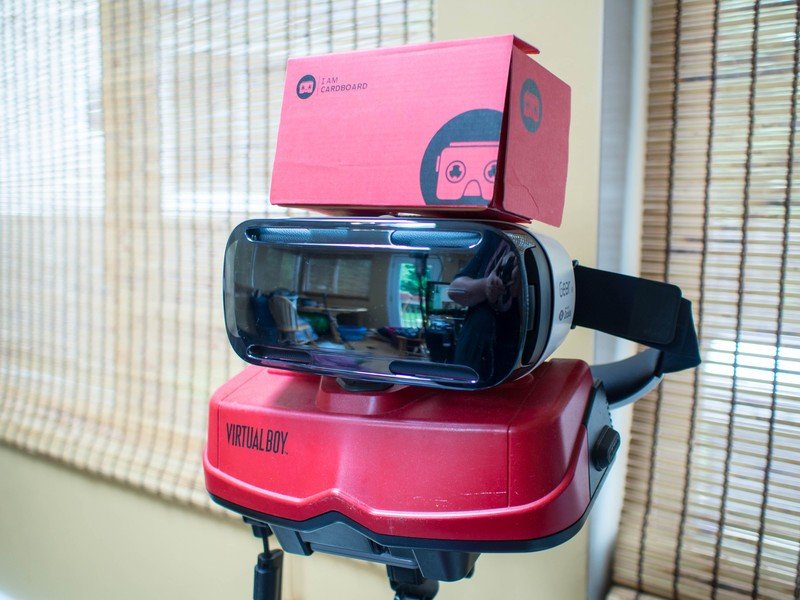
The most interesting thing about mobile VR right now is how relatively young the experience is. So many companies in every part of the ecosystem are working to make this experience special, and the core of the platform lives in your pocket at all times. With every iteration in the smartphone world — including screen resolution, motion sensing, and video rendering — mobile VR tech will continue to improve. Even if you're not ready to make the dive into VR just yet, it's an impressive ecosystem to be paying attention to right now.

